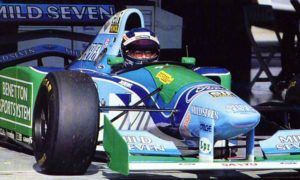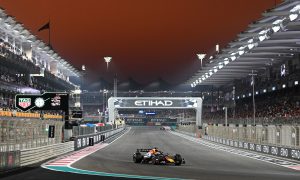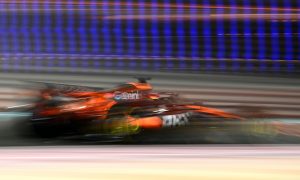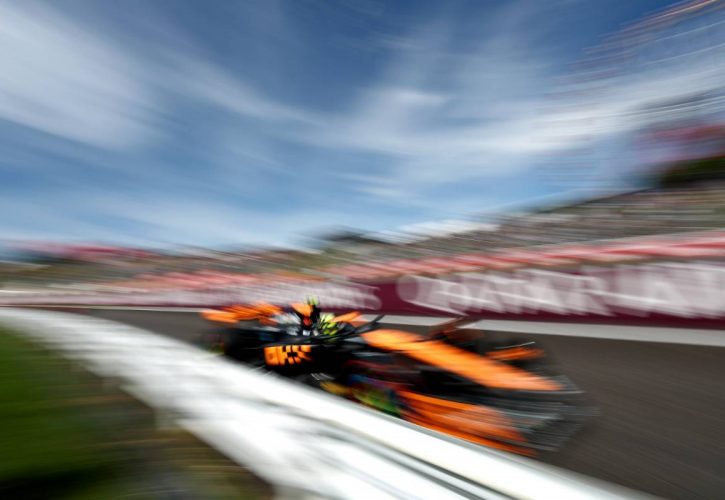
You would be hard-pressed to find an F1 driver who doesn’t like mighty Suzuka, a circuit that sits alongside Spa and Monaco as one of Grand Prix racing's most challenging venues.
Designed by Dutchman John Hugenholtz, the track's demanding and flowing layout - with its figure-eight configuration, its snaking 'S' curves, Degner corners and pulse-pounding 130R - demands skill, concentration, focus and fitness.
And also a car with high downforce and low drag, or in other words, high-caliber aero efficiency. Cue Red Bull's unrivalled RB19.
In qualifying, Williams drivers Logan Sargeant – before he clouted the barrier in Q1 – and Alex Albon led the charge through the speed trap onboard their sleek FW45, with their maximum velocity measured just after 130R.
But Verstappen was just 2kph slower than the fastest Williams, while the Dutchman was predominant by a long shot through Suzuka's first sector, or from Turn 1 to Turn 8.
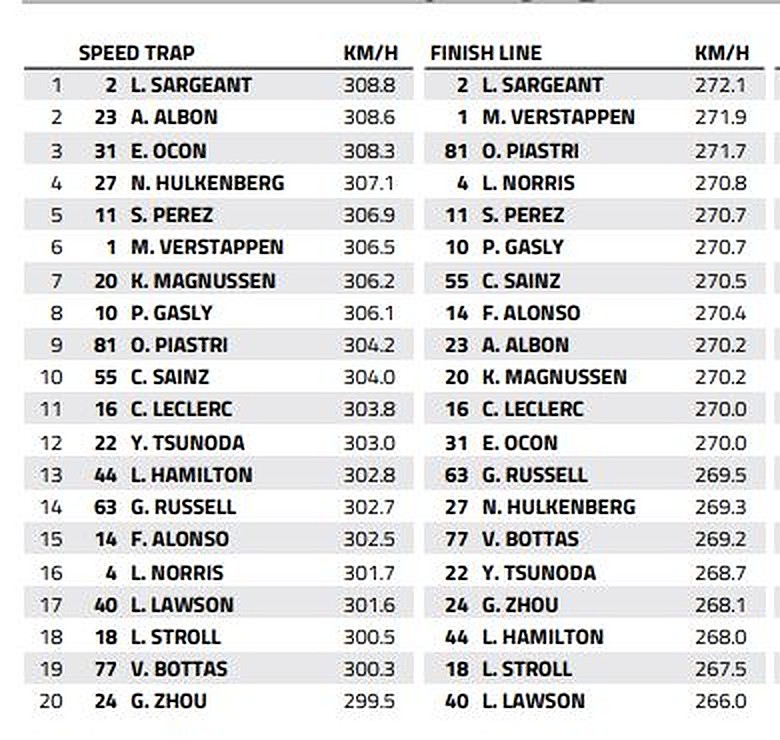
That’s where the championship leader built the bulk of his crushing 0.581s edge over McLaren's Oscar Piastri in Q3, proving in the process that Singapore, while very different from Suzuka, was a mysterious one-off.
It's worth noting that team papaya's MCL60 displayed excellent traction and very low drag in qualifying trim, a testimony to the outstanding development work conducted by McLaren's engineers this season.
On paper, Verstappen should resume his winning ways with very little effort on Sunday. However, there's a caveat: tyre degradation!
Suzuka's unusually warm temperatures coupled with its abrasive track surface could throw a spanner in the works of certain teams – like Ferrari – that have typically struggled with degradation this season on race day.
Red Bull has been spared any major headaches on the tyre front this season, but could they creep in on Sunday, given the specific conditions? Curious minds would like to know…
Keep up to date with all the F1 news via Facebook and Twitter



